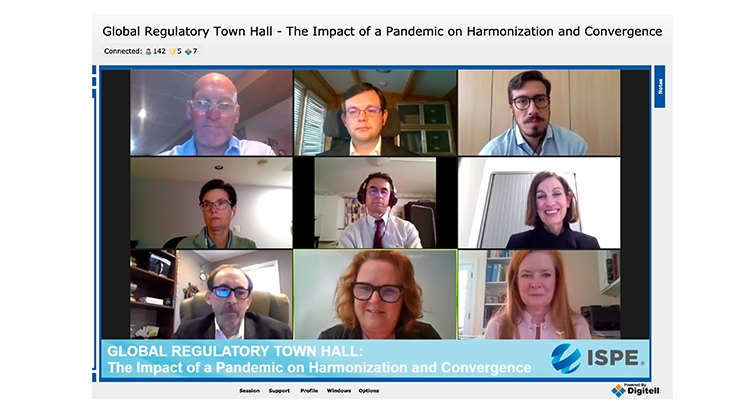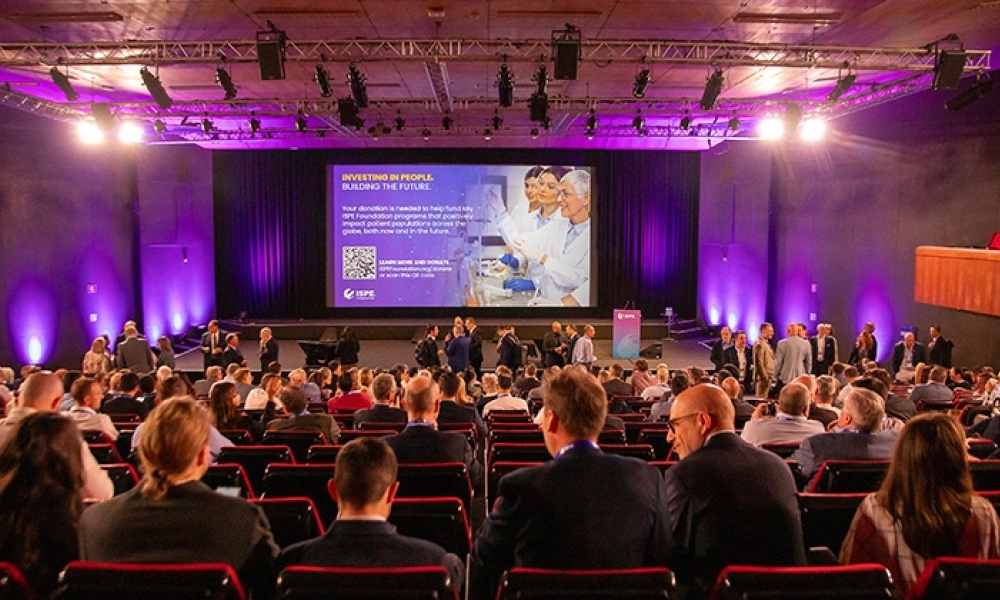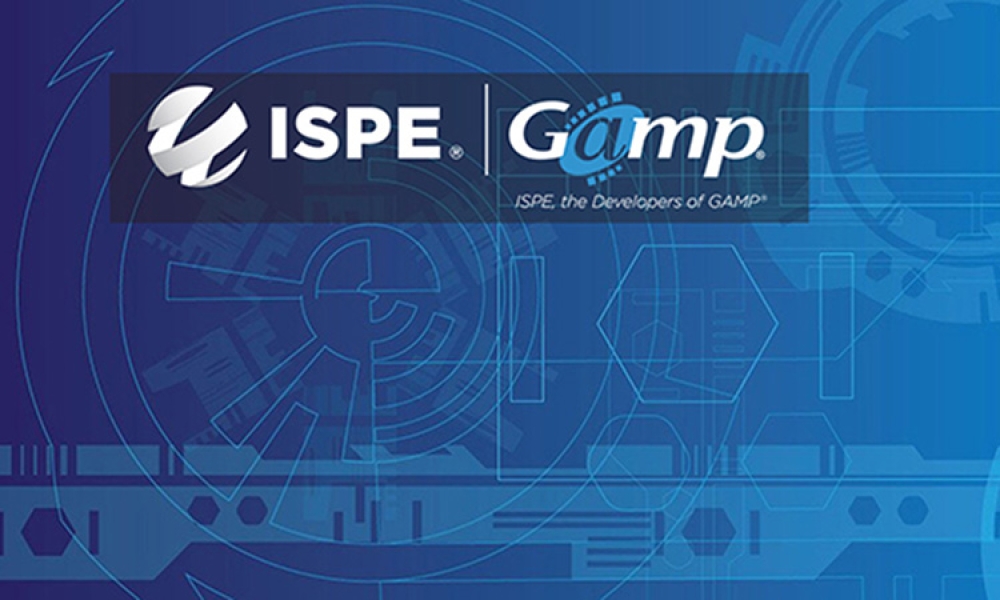2020 ISPE Annual Meeting & Expo: How Regulators are Responding to COVID-19’s Impact

Global Regulatory Panel Session
The COVID-19 pandemic has brought increased harmonization and interaction among regulators around the world and the opportunity to consider changes implemented during the pandemic for the long term. Six regulators from five regulatory agencies discussed these issues at the “Global Regulatory Town Hall–The Impact of a Pandemic on Harmonization and Convergence.” The session was held on 4 November, the third day of the virtual 2020 ISPE Annual Meeting & Expo.
The Global Regulatory Panel Town Hall has always been popular at Annual Meetings and that tradition continued with the virtual format of this year’s session. The opportunity to hear the perspectives of regulators from the MHRA (UK), ANVISA (Brazil), WHO, ANSM (France), and US FDA (two regulators participated) demonstrated that the pandemic, while presenting great challenges to the agencies, has also shown resilience and adaptation as interaction increased around the world to keep development and supplies of pharmaceuticals moving forward.
Session Leaders & Moderator
Meet the Panel
The variety of regulators participating provided a valuable opportunity for dialog, interaction, and most of all, to focus on complex situations, said Miksinski. The session provided a good opportunity to acknowledge differences but come together as professionals serving patients.
MHRA
David Churchward, Deputy Unit Manager, Inspectorate Strategy & Innovation, MHRA, said supply challenges have been an area of increased emphasis, with the agency working with industry and regulatory partners since February. As with other regulators, the MHRA has been working with flexibility in the review and approval of new products and manufacturing facilities where necessary. He noted that information on flexibilities and COVID-19 has been published on the MHRA website.
Ongoing work is underway to consider how current flexibilities in regulatory procedures might be possible to retain long term while maintaining the harmonized requirements of international standards. Churchward noted that it is about working in a different way, not changing the objectives of the regulations themselves.
MHRA continues to refine methodologies. With the second wave of the pandemic, he observed that travel is likely to restricted for some time, and the agency wanted to refine regulatory oversight as much as possible while restrictions are in place.
MHRA is working with its PIC/S (Pharmaceutical Inspection Co-operation Scheme) network to build confidence in processes and reliance on inspection outcomes. It is working on building compliance management principles into inspection reliance deferrals to include a wider range of indicators beyond the inspection report.
MHRA is also preparing for the end of the European Union exit transition period on 31 December, when the country leaves the European regulatory system. Churchward said that MHRA is continuing to negotiate mutual recognition agreements (MRAs) and building new international alliances, striving for convergence and collaboration for new COVID-19 vaccines and therapies as quickly and safely as possible.
FDA
Two regulators from the FDA participated in the panel session. Lucinda (Cindy) F. Buhse, PhD, Acting Senior Advisor for OPQ, CDER/FDA, said a lot of similar activities to those at MHRA are underway at the FDA including the agency’s usual activities plus the additional activities because of the pandemic.
The FDA continues harmonization and work with regulatory partners, including continued mutual recognition with Europe and the UK for surveillance inspections, she said. The FDA has added third country inspections since the pandemic began. While the MRA does not officially include preapproval inspections, inspection reports from the MRA and PIC/S partners have been used to try to address application issues that would have required preapproval inspection. Section 704(a)(4) of the Food, Drug, and Cosmetic Act permits the request for additional paperwork in lieu of inspection, for instance.
The agency is continuing with all other harmonization activities with PIC/S and ICH (International Council for Harmonisation of Technical Requirements for Pharmaceuticals for Human Use) including work on ICH Q13, Q2, and Q14.
Richard (Rick) L. Friedman, Deputy Director, Science & Regulatory Policy, CDER/FDA, discussed some of the impact on the agency from its pandemic work. This work has raised areas that the agency had not had to deal with in the past, such as the ingredients in imported hand sanitizers.
The issue of absenteeism due to the pandemic, including spot shortages of personnel in areas such as operations, quality, and warehousing, is addressed in a guidance from the FDA , Friedman noted, for prioritizing critical activities so that medically necessary drug products continue to be available. New guidance is also available on resuming normal drug and biologics manufacturing operations during COVID-19.
Friedman reported that both PIC/S and ICH continue to meet virtually, and they continue close cooperation and alignment on creating more implementation strategies for their policies to be synergistic including review and inspection functions.
ANSM

Abdelaai (Ali) Sarakha, PhD, Senior GMP Inspector and Annex 1 Rapporteur, French Health Products Safety Agency (ANSM), shared that the agency was impacted by the pandemic, now in its second wave, on product supply, inspections, and other areas. The pandemic has posed challenges in how to handle inspections with lockdowns; the agency is offering flexibility in this.
He noted that there was much less impact on him as rapporteur of the Annex 1 revision since it was released before the pandemic for public consultation, although the deadline for public consultation was extended by two months due to the pandemic, he said.
WHO
Joey Gouws, PhD, Team Lead, Inspection Services, Prequalification Team, World Health Organization (WHO), outlined WHO’s mandate and objective for its 194 member states. Many of these have little or no basic regulatory capacity and WHO has worked to help with its focus on development and access to COVID-19-related commodities; access to other commodities due to shortages of other products from the pandemic; and looking at regulatory services where WHO can assist regulatory authorities including information on products and procurement, and interacting with regulatory authorities to discuss guidelines and regulations, best practices, and clinical trial oversight among other areas of interaction.
WHO’s Emergency Use Listing Procedure (EUL) is a risk-based procedure for assessing and listing unlicensed vaccines, therapeutics, and in vitro diagnostics with the ultimate aim of expediting the availability of these products to people affected by a public health emergency. Under EUL, WHO issues invitations for expressions of interest from manufacturers of vaccines and therapies. She noted that WHO monitors progress in vaccine development in meeting global standard of WHO.
Gouws said that WHO is running the largest randomized controlled study of the effectiveness of therapeutics for COVID-19 at 500 hospitals. WHO provided scope and guidelines to regulatory authorities suddenly faced during the pandemic with the requirement to assess PPE (personal protective equipment), hand sanitizers, and disinfectants, areas that had previously not been addressed, Gouws said. Procurement practices when a vaccine becomes available to ensure that the vaccine is available to all countries is another initiative.
ANVISA
Gustavo Mendes Lima Santos, General Office of Medicines and Biological Products, GGMED, ANVISA (Brazil), said that the agency had to deal with lock downs and strategies to make products available, while also being able to stimulate and be open for regulatory flexibility for studies and new products to deal with the pandemic.
Instead of one or two individuals reviewing submissions and applications, ANVISA established a committee of experts to be faster and to prioritize any application for products intended to deal with the disease as well as to establish a risk-benefit analysis. Together, these provide more flexible submission and evaluation processes, Mendes said.
Clinical studies are another important aspect; Mendes noted that more than 50 have been conducted to provide new indications and molecules for COVID-19 and four vaccines are being studied in Brazil. Procedures were established for remote GCP (good clinical practice) inspections.
ANVISA established procedures for remote inspections and regulatory international convergence to address GMP inspections. While ANVISA began working toward convergence years ago, it increased the speed of being more aligned with best regulatory practices to be more open to reliance strategies and to avoid unnecessary efforts. The pandemic has become a way for the agency to go forward on this work, Mendes said. Data can now be accepted from recognized countries, mostly PIC/S countries, and remote inspections can verify conformance with GMP requirements. While most inspections are remote, ANVISA will travel if there is no reference country to rely on.
Panel Discussion
The following are highlights from the questions and panel discussion on a range of topics related to COVID-19 and regulators.
The pandemic has changed how we interact as industry. Each panelist is asked to share from their personal experience one thing you would like industry to understand about your job that has become challenging, so we can gain better perspective.
All of the usual pressures plus the pandemic on top of it has been the impact from COVID-19, said Churchward. Products must be made safe and effective for patient use, sometimes faster or with less information. This has taught everybody that there are many different ways of achieving the same outcome, and to be as flexible as possible, he said. With working together and finding the needed information, the agency can do an equally good job of fulfilling its roles. One example was being able to move fast to get trials up and running on vaccine research.
Buhse agreed, noting there is a lot of additional work to do at the FDA because of the pandemic including accelerated approvals for IND, applications, supplements to help firms with supply chains, EUAs, and approving drugs and therapeutics for COVID-19. The agency also is fielding questions from industry and political entities, trying to do and to explain at the same time, and trying to be as transparent as possible. She noted websites and guidances are available for information, and more guidances will be coming.
Friedman said the mechanisms are in place for EUAs, approvals in drugs and devices, as well as guidance on absenteeism. FDA has augmented policies, and has talked with industry organizations. Transparency is very important, he said, and communication will continue.
Sarakha said from his viewpoint as an inspector in France, the need to figure out other ways to get around the fact that onsite inspections were halted was a big hurdle, but was necessary to keep the global supply chain moving. Risk management has been very helpful, he noted. Understanding how to learn from the pandemic and to live with the situation since COVID-19 will be around for a while is key.
Gouws said that the increased personal interactions with her team have been valuable, and there is more of a personal touch, although the many IT platforms for virtual interaction can present a challenge to learn. Technology is also a struggle for the low- and middle-income countries that WHO supports.
Brazil is facing similar challenges, said Mendes. The main lesson has been how to put effort on what is really important in regulatory analysis; convergence and alignment, collaboration with other countries, and more teamwork have all had an impact on how regulators do their jobs. He also noted that from a personal standpoint, he can be more in touch with people remotely and meetings are more productive.
A lot of questions have been received about inspections. To FDA: for domestic surveillance, what steps is the FDA considering for communicating/increasing transparency with the firms? What feedback is coming?
Buhse said surveillance activities have been severely curtailed, so the FDA has needed information from international partners. Use of 704(a)(4) to gather information, site selection model to prioritize, and sampling and testing some products are some available tools in addition to site visits. Prioritization is important since the pandemic is expected to continue. The FDA is discussing policy issues such as whether 704(a)(4) could be used potentially to classify sites and what that will do related to a site selection model.
Friedman addressed the importance of change management, and PIC/S consideration of ICH Q12 harmonized change management guidance as a uniform approach to change management. He noted it is important to start to develop some principles around change management and the level, extent, and rigor of formal risk assessment for complex change versus more simple change, the amount of verification or change effectiveness needed after a change is made, and determining if a change is a wise one. Experts are needed to be involved. Focus on true quality assurance, including the right control strategies, and adjust and adapt through a product’s life cycle. This will create a more robust supply chain, and address some quality issues.
Sarakha spoke to the challenge of virtual inspections and data being requested. He noted the challenges that can be presented from working at home and time zone differences while trying to understand via a virtual platform what is going on at a site. Improvements are needed if virtual inspections are going to continue.
To MHRA and WHO: address collaboration in inspections.
The recent addition of the MHRA to the former Australia/Canada/Switzerland/Singapore group primarily involves work sharing on product filing review, convergence of standards, and getting products to market as quickly and efficiently as possible, Churchward said. This and the PIC/S inspection reliance initiative present good opportunities to use information from trusted partners where limited scope inspections can be used, for example, with increased reliance on others. This helps with managing backlogs. The goal is an effective remote inspection process, whatever shape or form it takes, he said.
Gouws provided the WHO perspective. WHO is involved in the bigger picture on regulatory alignment and collaboration on MRAs, rather than inspections, to facilitate equitable access to medications and quality and manufacturing standards. WHO has an Expert Committee on Specifications for Pharmaceutical Preparations; she suggested reviewing the guideline documents for more information.
Discuss what learnings from the pandemic may be retained after the pandemic, including filings, post approval, etc.
Mendes noted this has been discussed since the start of the pandemic. Priorities are important, he said, since if everything is a priority, then nothing is. Some procedures have been established as priorities based on the pandemic, and ANVISA has seen timelines comparable to ordinary timelines. Backlogs continue to be an issue. Optimizing efforts, focus on what is really important, the ways that documents are received, raising critical points, and being transparent on assessment, what points need to be clarified in evaluation and inspections—these build on the already good work being done. International standards like ICH are even more important to help avoid unnecessary barriers.
Friedman addressed how ICH Q9 concepts and principles could address risk challenges. He noted these concepts and principles are the foundation for a lot of FDA policies. Preventing shortages now includes risk management and this has been helpful in managing during the pandemic. He noted that in a complex situation, there is never a better opportunity to use formal risk management and multidisciplinary thinking to solve problems. He sees Q9 as providing a lot of foundation for careful object planning and decision making.
Churchward added that it is important to not just know what regulations say and blindly follow them, but to know why the regulators are there and what is trying to be achieved. QRM principles are really important to underpin that, he said. It is also important to be careful to avoid a “swiss cheese” approach where one change made for flexibility can inadvertently affect other areas.
Disclaimer: This article includes a brief and informal synopsis of highlights of responses from regulators in the US, UK, Brazil, France, and the World Health Organization during a panel discussion at a conference. The article has not been vetted by any agency and the content in the article does not represent official guidance or policy of any regulatory body or organization.











